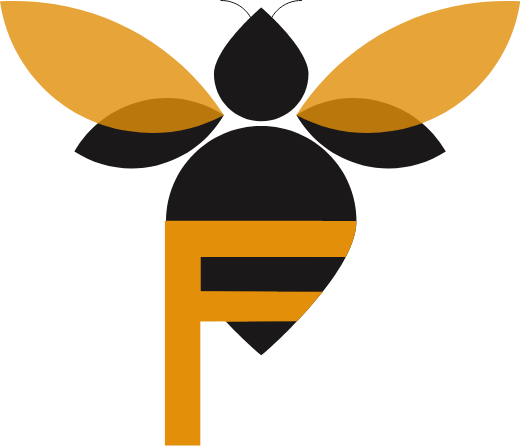FEBRUARY 2023
1. What is going on in the hive?
Well I don’t know about you but I am getting more and more excited by the longer days and the sight of my bees flying as soon as the temperature gets above 10 degrees! Yet it is a critical time of year and it is not uncommon to see bees flying now, but find the colony dead later in the spring. Why?
Well by now, your queen bee will be laying again to raise new bees to replace the overwintering bees that will die out. She needs to plan around 6 weeks ahead, bearing in mind that typically a worker bee takes 21 days to emerge, and it will then be a while before she becomes a useful forager.
With this in mind, there will be an increased need for warmth in the hive, and extra mouths to feed, not a lot of forage out there, and a falling off of foraging bees as the old bees die out, and some chilly weather.
This all puts pressure on the stores in the hive, and the balance of foragers/nurse bees/brood/food/weather is a tricky one …. so make sure your bees have plenty of food – add some fondant if you are unsure, and keep an eye on it, getting ready to top that up if necessary.
2. Check your hives
It is much too early to do a full inspection of your hives but on a warm day (above 10°C) make a point of watching the entrance of your hives. Is there activity, and what are the bees doing? Are they bringing in pollen? My bees were out today and I saw some bringing in pollen!
Make sure that the entrance to the hive is not blocked with dead bees. Undertaker bees can have difficulty getting dead bees out when a mouseguard is in place, so make sure there is no build up behind the mouseguard.
If you are unlucky enough to find a colony that has died out, seal the hive immediately to prevent other colonies from robbing it out, spreading any diseases that may have caused their demise. Make a plan to do the sad job of a post mortem and clear out of that hive before spring.
3. Get ready for silly season
It’s time to get all the kit out of the bee shed and see what you are missing for the season ahead. You will need frames made up with fresh foundation, spare hives or nuc’s at the ready. So this is just an audit at this stage, but make a plan to get things ready to go, you will be glad you did!
4. Check the larder
I had a wander round my garden this week to see what forage is around for my bees. Witchhazel is hanging in there, winter flowering honeysuckle and viburnum tinus. I was delighted to see some catkins in full flower recently on a walk.
5. Improve your knowledge
The BBKA Spring convention is from 21st to 23rd April at Harper Adams University in Shropshire, and tickets have just gone on sale. I go every year, and always come away with new knowledge from the various workshops and seminars. Whilst the content is mostly about honeybees, other subjects are also covered, such as the Asian Hornet, Bumble bees, candle making and how to use a chain saw for example ….. something for everyone! There is also a brilliant trade show on the Saturday when you can spend a fortune on bee equipment often at special show prices. Take a look at the programme here Spring Convention 2023 | bbka.org.uk.




